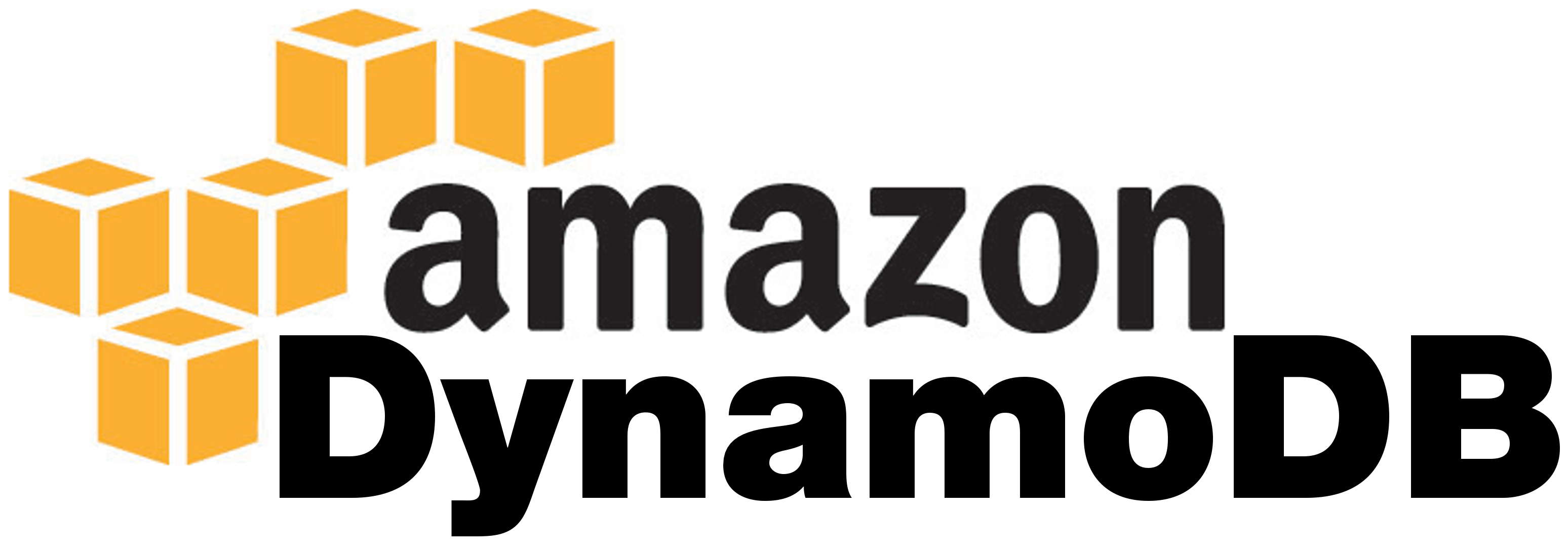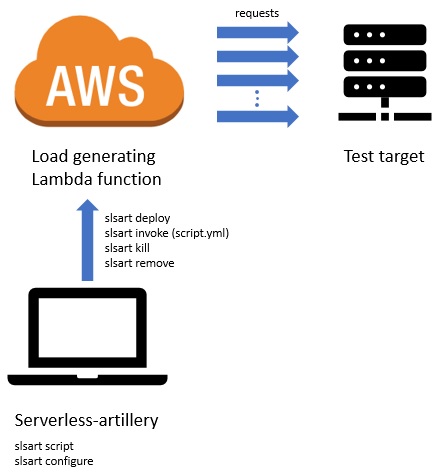
In the following example, I will create a global secondary index to the CapacityBuildingLevel attribute that has all Employees that have achieved specific levels of Capacity building. 2.0: Setting up DynamoDB Docker Container We can start creating a docker-compose. Creating a Global Secondary Index using Boto3 Fortunately, Amazon provides a local version of DynamoDB that can be used with docker, so I think we should use it. To learn more about Global Secondary Indexes, consider looking at the information shared in the AWS documentation found on this link. In addition, the global secondary index will contain attributes from the main table but will be organized by a primary key of its own hence enabling faster queries.
Can we run local dynamodb full#
import boto3Ī Global Secondary Index allows you to query attributes that are not part of the main table’s primary key and this will help you to avoid the slowness and inefficiencies that are associated when performing a full table scan operation. ProvisionedThroughput means the maximum number of consistent reads and writes per second on your table. Name a partition key with AttributeType set to S for string.Įmail a sort key with AttributeType set to S for string. heapInitial The initial heap size -heapMax The maximum heap size -migrate -m After starting DynamoDB local, create DynamoDB tables from the Serverless configuration. migration -m After starting dynamodb local, run dynamodb migrations. Next, create a table named Employees with a primary key that has the following attributes You must also specify -dbPath when you use this parameter. Create Tables in DynamoDB using Boto3įirst, import the boto3 module and then create a Boto3 DynamoDB resource.
Can we run local dynamodb how to#
Now, as soon as the concepts of designing DynamoDB tables are covered, you may take a look at how to start working with this service in Python by using the Boto3 library. Regardless of your current experience I highly recommend you a couple of videos on that topic before getting started:

The most interesting topic of DynamoDB is how to design your tables to get maximum performance and efficiency from DynamoDB service. Introduction to Amazon DynamoDBĪmazon DynamoDB enables the building of flexible microservices, serverless web applications, mobile backends, and it acts as the highly scalable and fully managed database for applications. We can use this variable to build a switch, overriding the endpoint in local mode. To find out whether we are in offline mode, the serverless offline plugin provides an environment variable which we can check: ISOFFLINE.

To start working with DynamoDB using Python, you need to first set up your Python environment.Īlternatively, you can quickly set up and use Cloud9 IDE. Thus, we need to tell the AWS SDK which DynamoDB endpoint it should use while we are in offline mode.



 0 kommentar(er)
0 kommentar(er)
